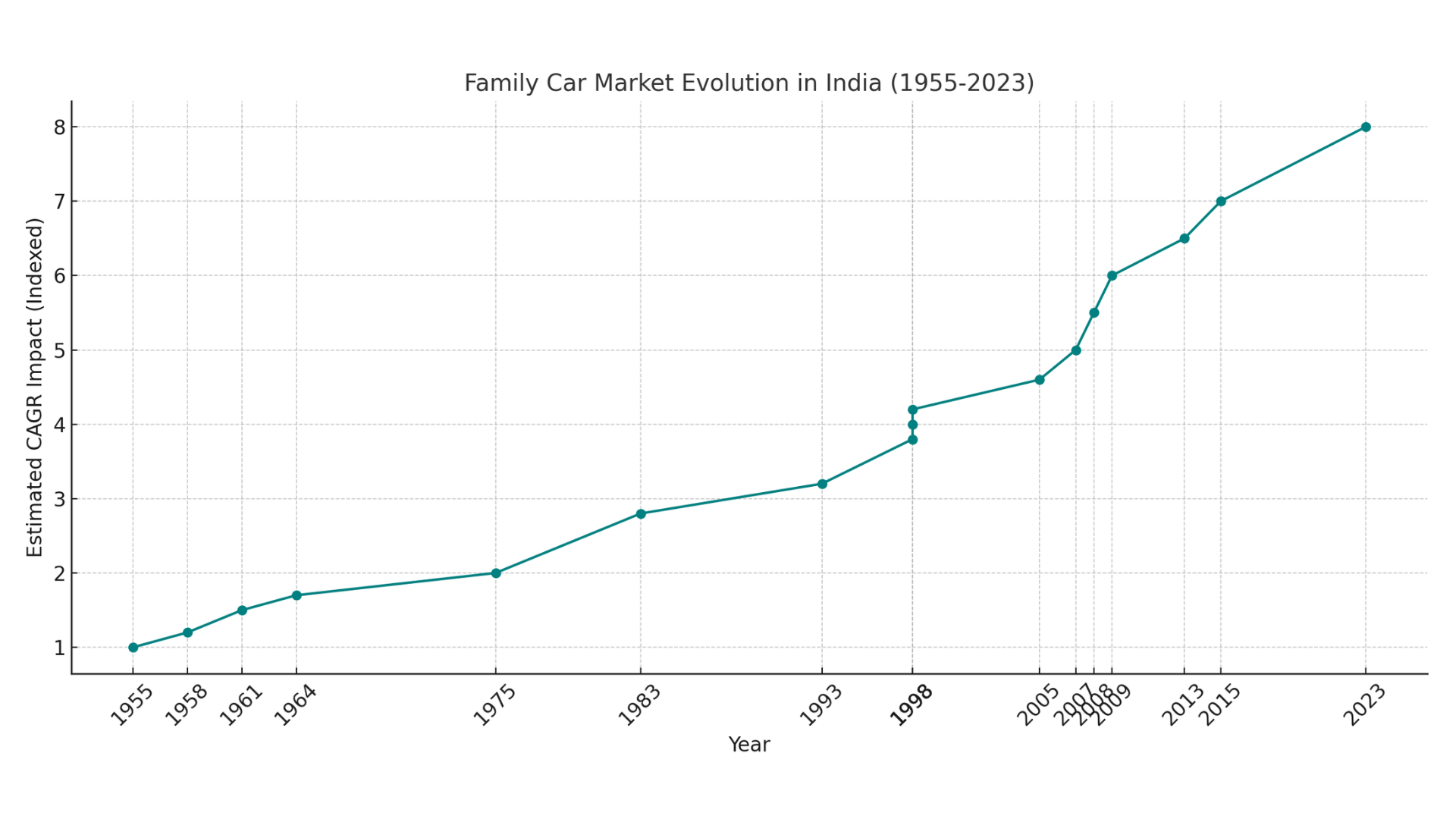
E-COMMERCE INDUSTRY NEWS & TRENDS – 2025
Introduction
The global e-commerce industry is in the midst of a major transformation. As consumer behaviors evolve, technology accelerates, and competition tightens, online retailers are finding new ways to innovate, personalize, and connect with shoppers around the world. In April 2025, the industry is being shaped by AI, sustainability, faster logistics, and social commerce—all pointing toward a more immersive and intelligent shopping future.
Here’s a deep dive into the latest trends, developments, and key highlights defining the e-commerce landscape this month.
1. AI-Powered Personalization Is Redefining Customer Experience
Artificial Intelligence is no longer a buzzword—it’s the beating heart of modern e-commerce. Major platforms like Amazon, Shopify, and Alibaba are deploying advanced AI algorithms to analyze browsing behavior, purchase history, and preferences to serve highly personalized product recommendations.
Notably, AI is also powering chatbots, voice support, and visual search features that enhance user interaction and streamline the shopping journey.
💡 Industry Insight: According to McKinsey, companies leveraging personalization are seeing a 15–20% uplift in conversion rates and customer loyalty.
2. Social Commerce Is Shaping the Future of Online Retail
The lines between entertainment, content, and shopping are disappearing fast. Social media platforms like TikTok, Instagram, and Facebook are transforming into robust e-commerce hubs. TikTok Shop’s global rollout has empowered influencers and small businesses to sell directly through engaging video content.
Meta has upgraded its in-app shopping experience, and YouTube is testing live shopping integrations in key markets.
🎯 Trend Alert: “Shoppertainment” — combining entertainment with seamless shopping — is particularly effective among Gen Z and Millennials.
3. Green is the New Gold: The Sustainability Push
As consumers grow more eco-conscious, e-commerce brands are placing sustainability at the center of their strategy. From biodegradable packaging to carbon-neutral delivery options, businesses are actively working to reduce their environmental impact.
Shopify’s “Planet” app helps merchants automatically offset carbon emissions, and brands like Zalando and ASOS are launching green product tags to boost transparency.
🌍 Market Movement: Over 60% of online shoppers now consider a brand’s sustainability efforts before making a purchase.
4. Voice Commerce is Gaining Ground
Smart assistants like Alexa, Google Assistant, and Siri are playing a greater role in e-commerce by enabling voice-activated shopping. Consumers are increasingly using voice search to reorder essentials, check product availability, and place quick orders.
Walmart and Target are expanding their voice commerce capabilities, integrating them with loyalty programs and user preferences.
🔊 Forecast: Voice commerce is projected to cross $50 billion in global sales by the end of 2025.
5. Delivery Expectations: From Days to Hours
With Amazon, Flipkart, and Walmart pushing the envelope on delivery speeds, consumers now expect their products almost instantly. Same-day and one-hour deliveries are being normalized in urban areas. Meanwhile, drones and autonomous vehicles are starting to handle last-mile delivery at scale.
🚁 Tech in Action: Amazon Prime Air and Zipline are operating drone delivery services in over 50 cities in the US and expanding into rural regions.
6. Buy Now, Pay Later (BNPL) Faces Growing Scrutiny
BNPL services continue to thrive, offering consumers flexible payment options. However, financial regulators are stepping in to introduce clearer terms and stronger consumer protections.
Klarna, Affirm, and Afterpay are now required to display total repayment costs upfront and conduct soft credit checks in several regions.
🧾 Update: The UK and Australia are expected to implement formal BNPL regulations by mid-2025.
7. Cross-border Shopping Is More Seamless Than Ever
E-commerce is becoming truly global. Advanced payment gateways, multicurrency support, and automated tax compliance are making cross-border shopping easier for consumers and more profitable for sellers.
Platforms like Shopify and BigCommerce now offer localization features, helping merchants reach new international markets with minimal friction.
🌐 Highlight: Cross-border e-commerce is expected to account for over 22% of all online retail sales in 2025.
8. Augmented Reality (AR) Is Bridging Online and Offline
Augmented reality is transforming the digital shopping experience by allowing users to visualize products in real-world settings. Whether it’s trying on a pair of glasses or placing a virtual sofa in your living room, AR is boosting buyer confidence and reducing product return rates.
🕶️ Game Changers: IKEA Place, Lenskart’s 3D try-on, and Sephora’s Virtual Artist are among the leaders in AR-driven e-commerce.
9. First-party Data is the New Oil
With the phasing out of third-party cookies, e-commerce brands are pivoting to first-party data strategies. Loyalty programs, personalized email campaigns, and interactive quizzes are helping brands collect valuable user data while respecting privacy regulations.
🔐 Best Practices: Transparency, opt-ins, and value exchange (like discounts or early access) are key to building trust with digital consumers.
10. Rise of Niche Marketplaces and D2C Brands
While Amazon and Flipkart dominate the e-commerce universe, niche platforms and Direct-to-Consumer (D2C) brands are quietly carving out a strong presence. These brands offer curated experiences, stronger communities, and products that resonate with specific lifestyles or values.
🛍️ Examples: The Verticale (sustainable lifestyle), Petco (pet care), and Glossier (beauty) are thriving due to authenticity and customer engagement.
📊 Key Stats at a Glance
Metric | Value (2025 Q1) |
Globe E-Commerce Revenue | $6.3 Trillion |
Mobile Commerce Share | 65% |
Cart Abandonment Rate | 68.8% |
Average Delivery Expectation | <2 Days |
Social Commerce Share | 20% Global Sales |
Conclusion:
As we move further into 2025, e-commerce is becoming faster, smarter, and more customer-centric. Technologies like AI, AR, and voice commerce are improving every touchpoint, while new trends like sustainability and social shopping are reshaping consumer expectations.
To thrive in this evolving landscape, brands must focus on personalization, speed, transparency, and purpose. Whether it’s through an eco-friendly mission or an engaging TikTok shop, success will belong to those who can connect with the human side of digital commerce.


